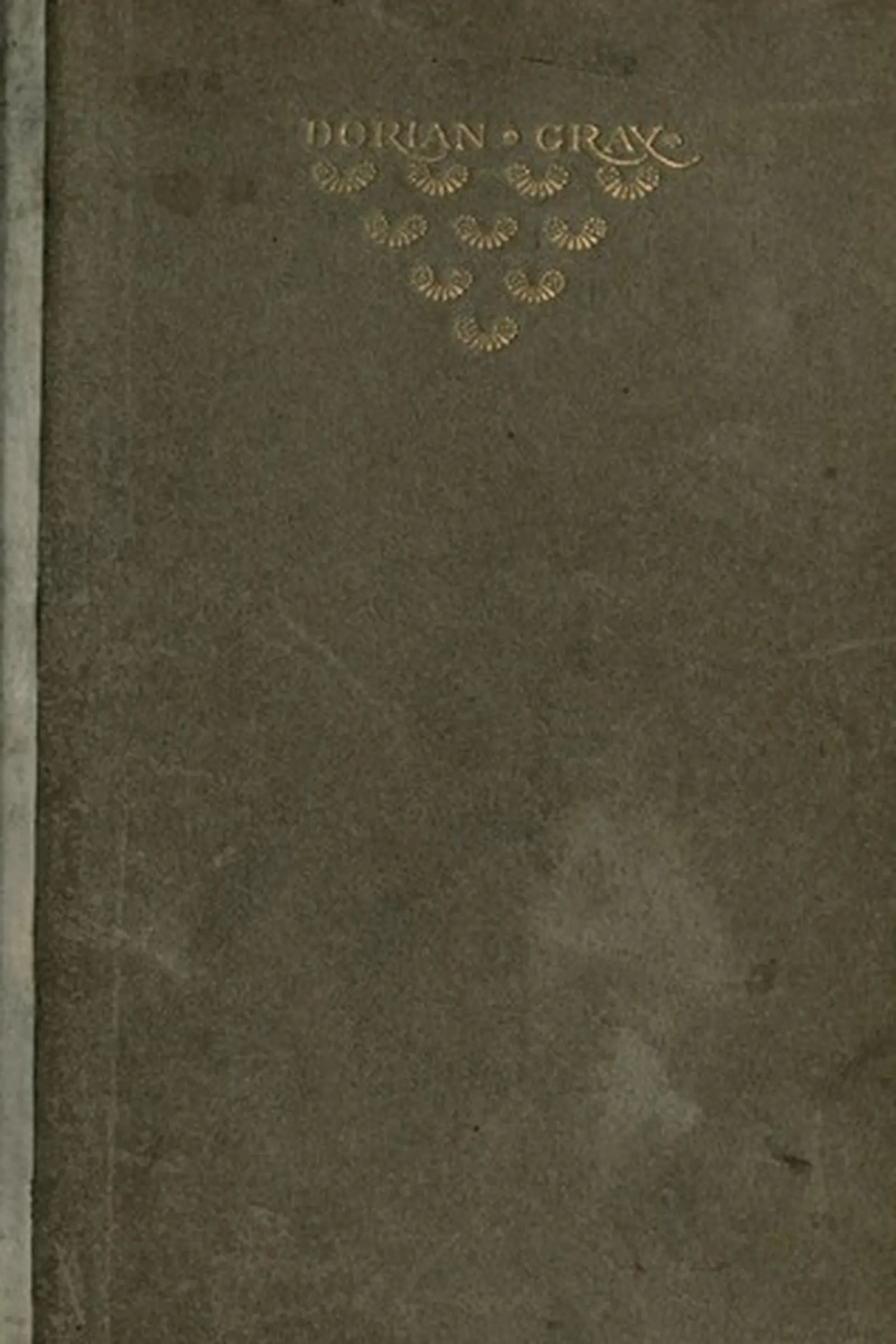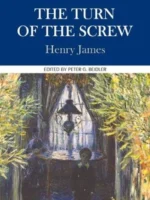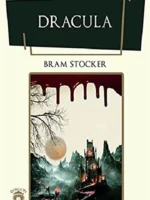The Picture of Dorian Gray, Oscar Wilde, 1890
- Author: Oscar Wilde
- Genre: Horror/Gothic
- Publisher: Penguin Classics
- Publication Year: 1890
- Pages: 254
- Format: Paperback
- Language: English
- ISBN: 978-0141439570
- Rating: 4,1 ★★★★☆
The Picture of Dorian Gray Review
The Picture of Dorian Gray by Oscar Wilde is a decadent moral fable wrapped in polished wit. First published in 1890, it follows a beautiful young man who stays outwardly perfect while a hidden portrait records his corruption. For you, this book offers a stylish meditation on vanity, influence, and the costs of living as art. It is seductive, cruel, and honest about pleasure’s price.
Overview
The novel begins in a sunlit studio where painter Basil Hallward worships Dorian’s beauty and Lord Henry Wotton preaches a gospel of sensation. Dorian wishes the portrait would age instead of him. You will notice how Wilde sets comedy against dread: drawing room talk becomes philosophy, then prophecy. The book moves from salons to opium dens, from lilies to knives, but the real motion is inward.
Summary
Dorian makes his wish and lives as if consequences do not apply. The portrait grows coarse and cruel while his face stays untouched. A broken romance, a ruined reputation, and a drift through secret rooms mark his path. Basil pleads with him to repent and sees the canvas: the friend who loved beauty meets what beauty became. Without spoiling the final turn, Dorian tries to sever himself from guilt by attacking the image that holds it. The last page is both judgment and mirror: the truth returns to the body that fled it.
Author
Oscar Wilde writes with aphoristic sparkle and theatrical timing. His dialogue charms, then cuts. You benefit from his balance of satire and sincerity: he mocks society’s poses while treating desire and conscience as serious facts.
Key Themes
You will explore beauty as power and trap. You will see influence as a kind of spell and responsibility as the antidote. You will consider the split between image and self and how secrecy breeds decay. You will meet art as witness: a canvas that refuses to flatter.
Strengths and Weaknesses
Strengths: quotable prose, a clean central conceit, and moral stakes that feel immediate. Strengths: atmosphere that shifts from bright to bruised with precision. Weaknesses: some characters serve ideas more than life, and the melodrama can feel heightened. Overall: a glittering parable with a blade inside it.
Target Audience
This novel suits readers who enjoy elegant prose, moral conflict, and gothic mood. It works for fans of character driven stories and for book clubs that like to debate art, ethics, and the theater of self.
Favorite Quotes
Short lines stand out: every impulse is a choice, the face tells nothing, the soul finds a witness. They make the book easy to recall and discuss.
Takeaways
For you, the key takeaway is that a perfected surface cannot protect a corroded interior. Influence feels like liberation until it becomes a leash. The novel leaves you with an uneasy wisdom: what we hide does not stop changing us.
| pa_author | Oscar Wilde |
|---|---|
| ISBN | 978-7-954-93029-1 |
| pa_year | 1966 |
| Pages | 134 |
| Language | English |






